People frequently ask the question “which martial art is the best?” In order to determine which martial art is the best, we first have to identify the most effective martial arts. Merriam Webster Dictionary defines “Martial Arts” as “any of several arts of combat and self-defense (such as karate and judo) that are widely practiced as sport.” The Oxford Dictionary further narrows the definition to: “various sports or skills, mainly of Japanese origin, that originated as forms of self-defense or attack, such as judo, karate, and kendo.”
With these somewhat loose definitions in mind, and for the purpose of this article, we include two “arts” that technically aren’t martial arts, but deserve a place in this list of the most effective martial arts, or perhaps, in this case, “fighting styles”. So, to find out the best martial arts for self defense read on.
Krav Maga
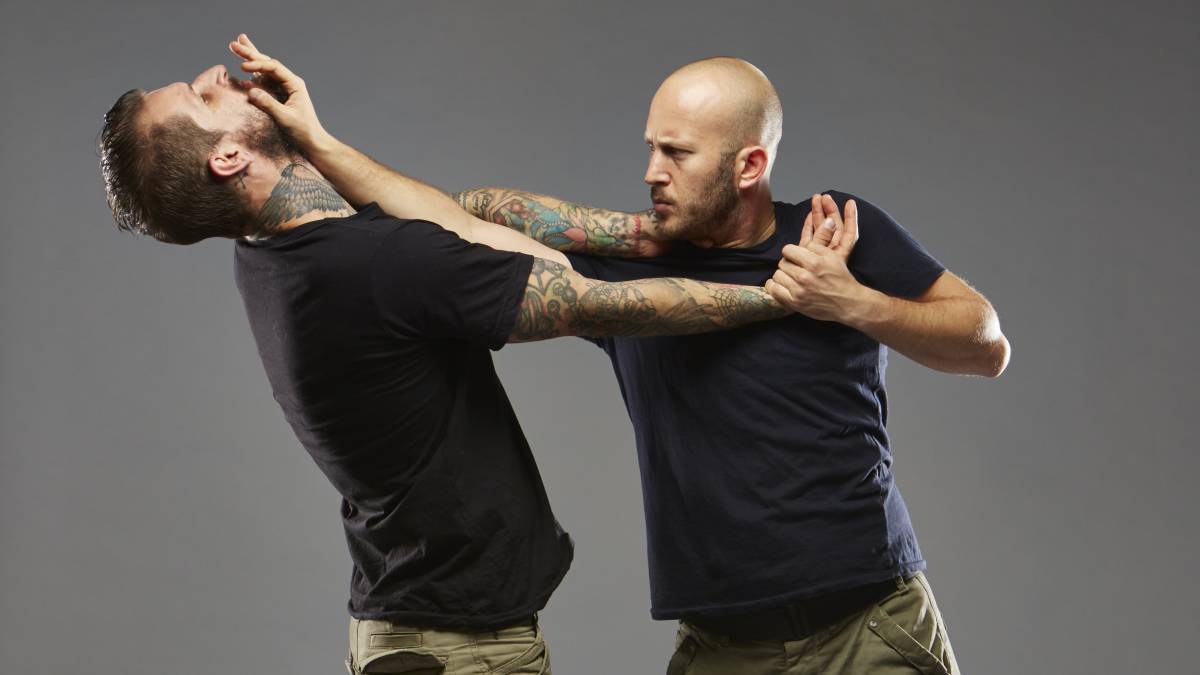
Not really a Martial Art
While our first pick here is not a martial art at all, Krav Maga is considered by many to be the very most effective “art” for self-defense. Originally, Krav Maga was developed by the Israel Defense Force as self-defense training for the Israeli military in hand to hand combat.
What it is now is a world-wide top pick for self-defense and close-quarters combat training. And while this discipline is designed to be self-defense, some of the core principles of Krav Maga is aggression and pure survival instinct. In Krav Maga, the only rule is to win. Survival is your success.
Krav Maga makes use of a variety of techniques to defend one’s self, including punching, kicking, using knees and elbows as weapons, and a variety of grappling techniques in “real world” situations. The goal is to achieve a very high level of efficiency in a very short amount of time.
You want to disable or neutralize your attacker as quickly as possible, with the least amount of energy expended. By maintaining such a high level of efficiency and speed, a Krav Maga practitioner has the ability to defend him or herself against multiple attackers.
Freestyle Fighting Style
While still being a “freestyle” fighting style, Krav Maga draws inspiration from many traditional martial arts such as Aikido, Karate, Judo, Boxing, and Wrestling. From its inception, Krav Maga takes the most effective techniques from an array of martial arts and other fighting styles and combines them into an easily teachable art all of its own. Krav Maga does not use a formal martial arts belt ranking system.
Avoid Physical Confrontation
As with most other martial arts, Krav Maga emphasizes the importance of avoiding physical confrontation. In situations where this is not possible, KM encourages you to finish the fight as quickly and aggressively as you can. Vulnerable parts of the body are fair game, and training is not limited to non-lethal techniques either.
While the goal is to avoid getting yourself injured, in a real-world situation, it may be absolutely necessary to permanently injure or kill your attacker. This is the harsh reality that Krav Maga intends to prepare you for, so you can “walk down the street comfortably”. Krav Maga is definitely one of the best martial arts for self defense.
Jeet Kune Do
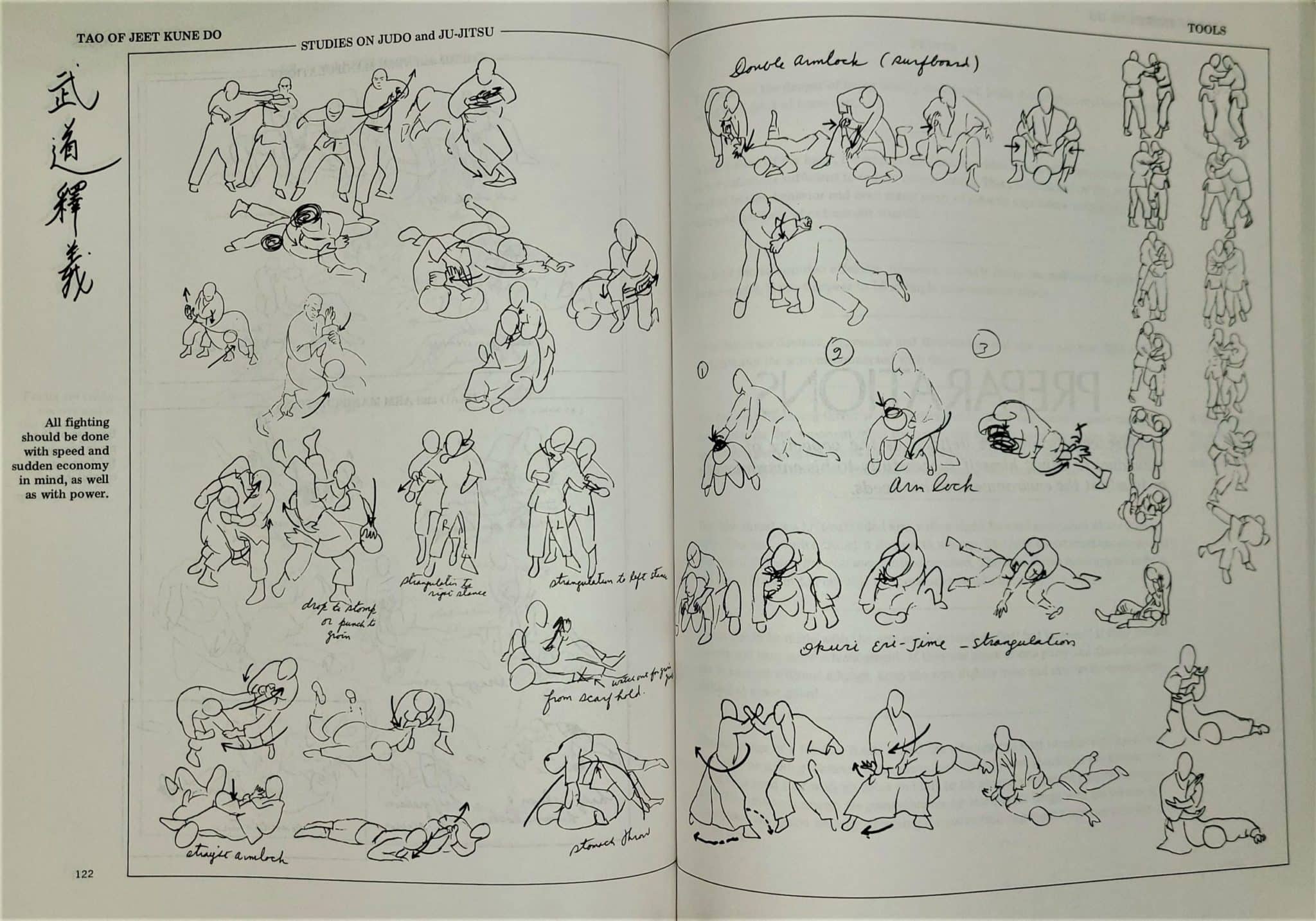
All fighting should be done with speed and sudden economy in mind, as well as with power. – Tao of Jeet Kune Do
Founded by Bruce Lee
Developed in 1967 by the legendary film martial artist Bruce Lee, Jeet Kune Do is an exceptionally effective martial art. Jeet Kune Do translates into “the way of the intercepting fist”. The intercepting fist was a philosophy Bruce developed to give direction to anyone on the receiving end of an attack.
For someone to be attacked, one person must move towards another. As that attacker moves forward, the attacked person may “intercept” the attacking movement with an attack of their own, with the goal of actually striking first. But don’t let the name fool you.
While the thought of an intercepting fist may seem defensive, Jeet Kune Do applies a variety of aggressive, offensive techniques designed to literally blind, cripple, or disable an attacker in a street-fight situation.
Remember, although he was a big movie star, Bruce grew up fighting in the streets of Hong Kong and was sent to San Francisco as a teenager after an especially rough childhood of streetfighting. Bruce studied Wing Chun kung fu for a while, but after being discovered that he was of mixed origin (he was ¼ German), he was kicked out of the school. This led Bruce to become a student of the legendary kung fu instructor, Yip Man.
Bruce Lee teaches Kung Fu to Westerners
Years later, Bruce had moved to Seattle and began teaching his own version of Kung Fu, Jun Fan Gung Fu, which translates into “Bruce Lee’s Kung Fu”. He was the first person to teach Kung Fu to westerners, and that didn’t go over very well with the Kung Fu masters in China. Bruce was forbidden to teach Kung Fu, and rumor has it that he fought and won a challenge match against Wong Jack Man in order to retain his right to teach to Americans.
Keep it Simple
Jeet Kune Do teaches its students to keep things simple. Not to waste time or energy on unnecessary movements. “Be like water” as Bruce would say. Bruce thought the rigid strict movements of Wing Chun were too “stiff” and not appropriate for real-world street fighting situations. Jeet Kune Do combines traditional Kung Fu techniques with certain techniques of Judo, Boxing, and Fencing.
JKD practitioners are taught to end fights quickly, and moves like eye gouges, throat punches, groin strikes, and anything else that disables you and ends the fight quickly are allowed. Due to its aggressive and offensive style, Jeet Kune Do is an especially effective martial art. It is in top running to be one of the most effective martial art for street fight.
Judo
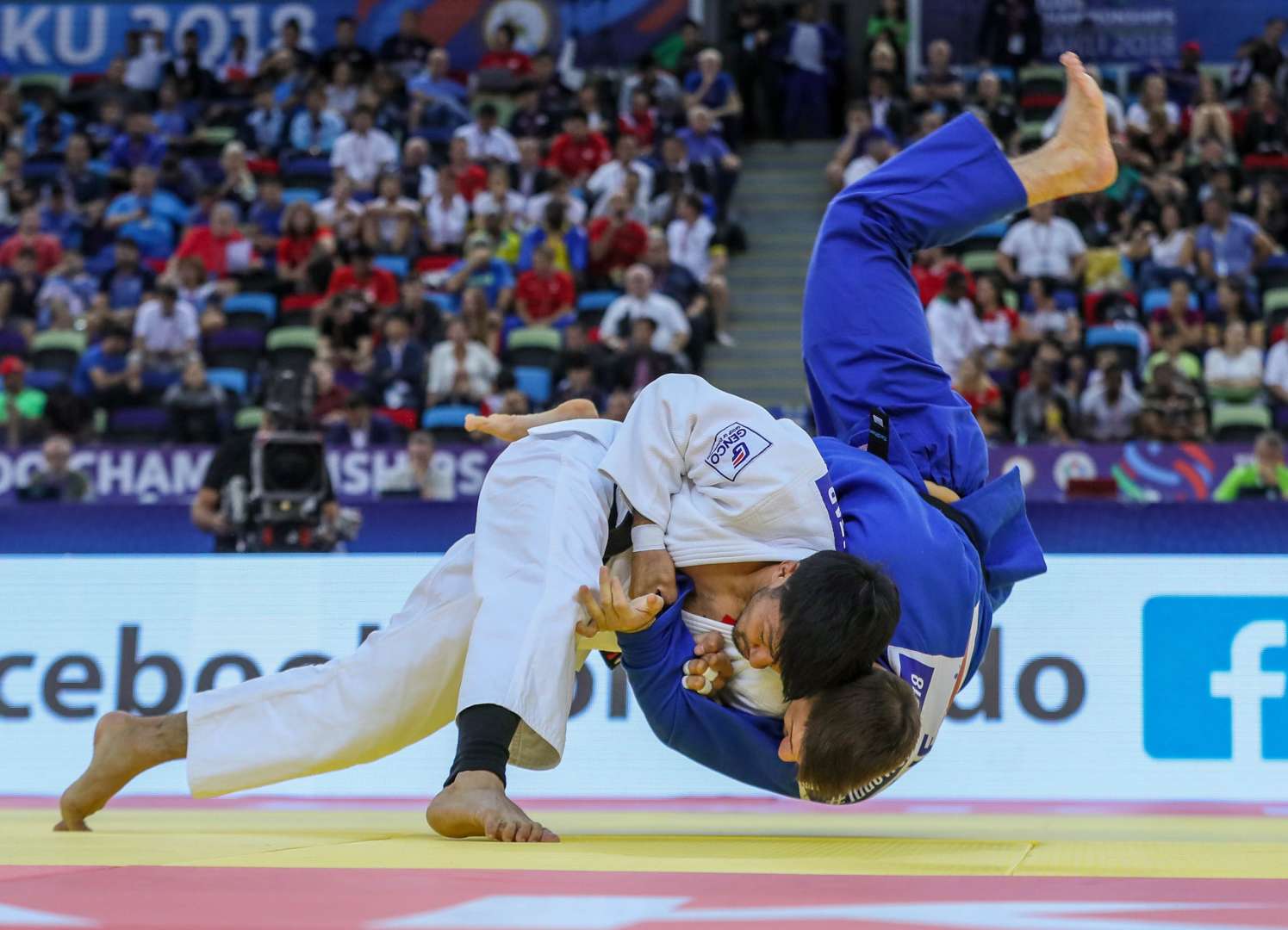
Judo, The Gentle Way
While not an ancient martial art itself, Judo is an old one for sure, with techniques dating back to the day of the Samurai. And having spawned several other martial art derivatives (most notably, Sambo and Brazilian Jiu Jitsu) from its own practices, Judo proves itself to be a highly effective form of self-defense as well as a competitive combat sport and a grappling based martial art.
Developed in 1882 by a Japanese Jujitsu practitioner, Professor Jigoro Kano, Judo was designed to maximize the use of leverage, balance, efficiency, and in many cases, gravity itself against an attacker. Judo is a grappling art that was developed from another, more ancient martial art, Japanese Jujitsu. Japanese Jiujitsu was the original hand-to-hand combat style of the Samurai.
Due to the weight and strength of the Samurai’s armor, techniques had to be developed to subdue or defeat an armed and armored opponent. In years after the samurai, jujitsu was practiced widely throughout Japan. Professor Kano took ideas and techniques from Jujitsu and developed his own entirely new martial art, Judo, or “The Gentle Way.”
A Grappling Based Martial Art
As a grappling art, judo is perfect for close combat situations. As with other grappling arts, judo maximizes your body’s strength and endurance like few other martial arts or sports do. Judo practitioners, called “Judoka” tend to be extremely strong and agile, not someone you want to mess with. Learning Judo techniques include many types of throws (actually throwing your opponent to the ground), pins, chokes, joint-locks, and any other type of submission technique you can think of. As with its cousin art, Brazilian Jiu Jitsu, subduing (or in competition, submitting) your opponent is of prime importance, and it develops the ability to focus mentally in a high stress, fast-paced attack situation.
Standup and Ground Fighting in Judo
Judo consists of two main types of fighting: standing (tachi-waza) and ground (ne-waza) ground fighting. What makes Judo one of the most effective martial arts is the fact that you can defend yourself in a standing situation, or on the ground, wherever the fight may take you. In tachi-waza, the Judoka learns a vast array of throws, sweeps, and takedowns. In ne-waza, the Judoka learns groundwork.
Competition rules require groundwork to be quick, so in Judo, the Judoka is always attacking. In self-defense situations, the Judoka may not attack first, but rather respond to an attack using the entire earth to slam your body against it.
Judo fighters are strong, quick, have excellent balance, extremely high core strength, and in many cases, great self-confidence (if only in a self-defense sort of way). Judoka train equally in offense and defense, so in many ways, Judo is one of the best martial arts for street fighting and ground fighting.
Brazilian Jiu-Jitsu
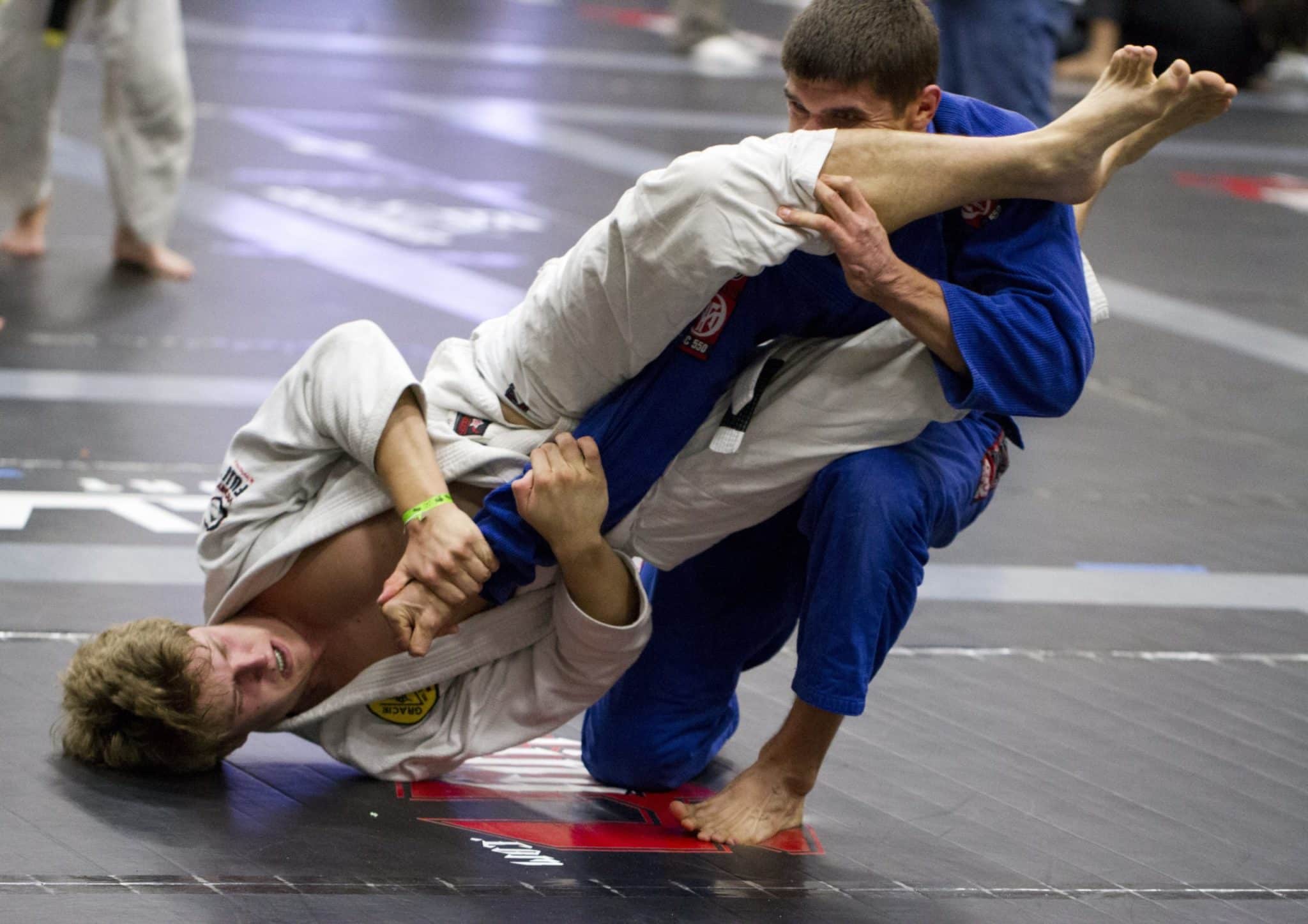
The Origin of BJJ
While the origins of Brazilian Jiu Jitsu are a bit cloudy, one thing is for sure. BJJ is a world-famous sport and grappling based martial art, and due to global exposure from venues like the UFC, BJJ is one of the fastest growing martial arts in the world.
The Gracie Jiu Jitsu System
Originally developed from Japanese Jujitsu and Judo, Brazilian Jiu Jitsu was developed by Carlos Gracie after learning the art from famed Judoka Mitsuyo Maeda, a 7th-degree Judo black-belt. As mentioned, the origins are a bit cloudy, because, while Maeda was a student of Jigoro Kano and was a known Judo fighter, in that day it was all called JuJitsu.
In Japan, there was no clear differentiation between the names judo and jujitsu until 1925, and even though the Kodokan was founded in 1882, Kano JuJitsu didn’t come to be known as Judo until the 1950’s.
Carlos and Helio Gracie
Carlos and brother Helio Gracie took the best moves of Japanese Jujitsu and Kano JuJitsu, whittled them down and perfected techniques that a smaller, weaker opponent could embrace, and founded their own brand of jujitsu in Brazil in 1925 they called “the Gracie Jiu Jitsu System”. Eventually this came to generically represent the entire art of Brazilian Jiu Jitsu.
Brazilian Jiu Jitsu is founded on the belief that a smaller, weaker opponent could defeat a larger, stronger one. This idea, in fact, was tested and proven repeatedly by Carlos’ younger brother Helio, who became world famous as a prize fighter, promoting Gracie Jiu Jitsu, and beating bigger fighters all over the world.
The Yeilding Way
Brazilian Jiu Jitsu is not a particularly aggressive art, as it can be used to subdue an opponent without harm or injury. That is not to say, however, that Jiu Jitsu is a martial art that can be used to cause harm or injury. In fact, the core techniques of Brazilian Jiu Jitsu consist of joint locks, chokes, and submissions.
There is a standing component of Jiu Jitsu martial arts, as all competitions start from a standing position, but BJJ quickly tries to go to the ground where it has a distinct advantage over non-ground fighters. A BJJ practitioner literally learns techniques that, in a real world martial arts street fight, could maim, seriously injure, or kill an attacker. For these reasons, BJJ is one of the most effective martial arts.
Sambo
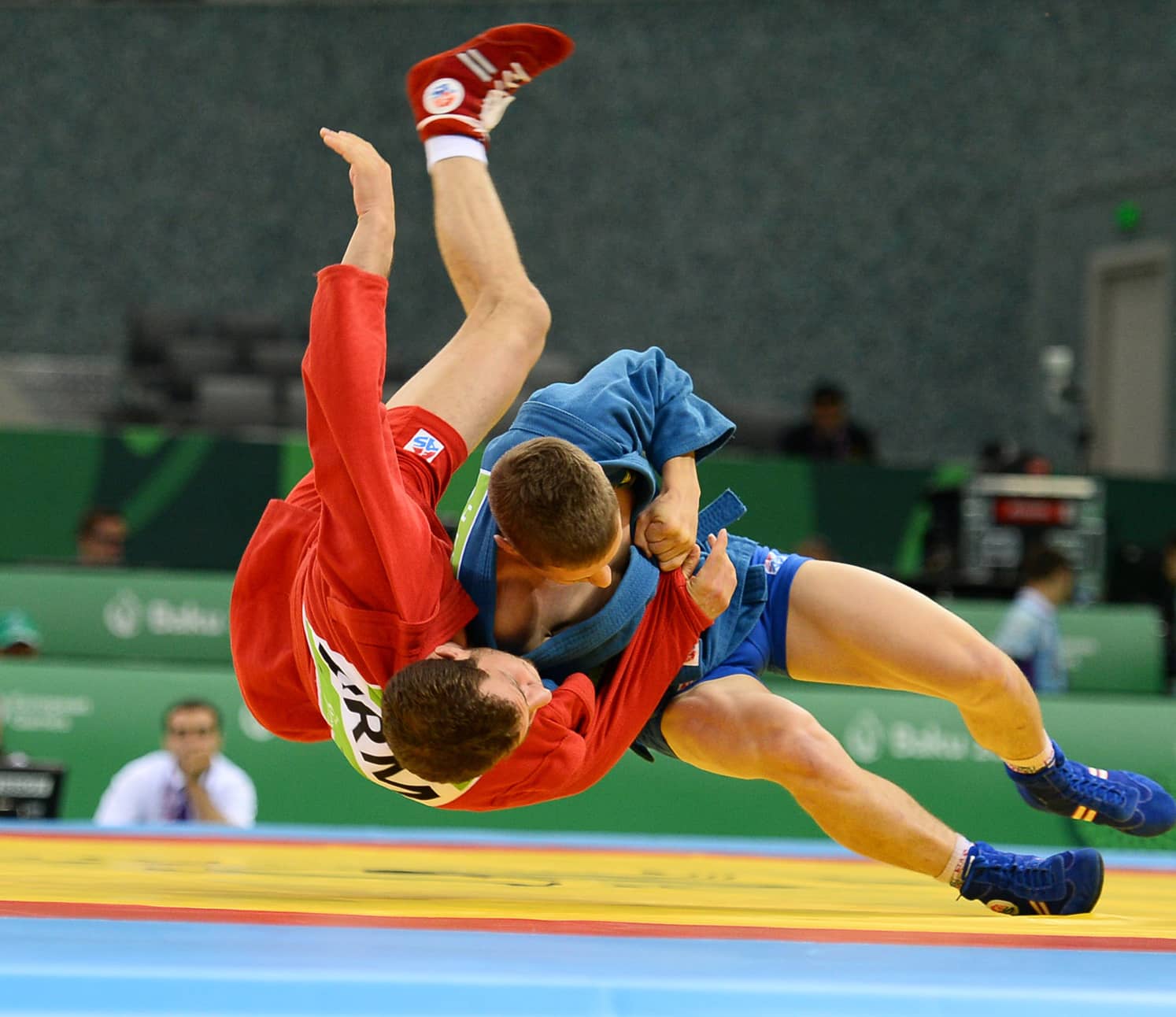
Developed by the Russian Military
While technically Sambo isn’t a “martial art” either, it’s fierce style, combined with the fact that it uses techniques from a wide range of other true martial arts earn it a place on this list. Sambo is a fighting style originally designed in 1938 for Russian Military hand to hand combat, Sambo, which translates to “combat without weapons”, uses techniques taken directly from Judo, Jiu Jitsu, Karate, Taekwondo, and various styles of wrestling.
Interestingly enough, the two “founding fathers” of Sambo, Vasili Oshchepov and Viktor Spiridonov both had deep roots in a variety of martial arts, with Oschepov actually being a second-degree blackbelt student under the founder of Judo himself, Professor Jigoro Kano. Sambo has been relatively unknown until recent years when MMA stars such as Oleg Taktarov, Fedor Emelianenko (not UFC), and Khabib Nurmagomedov brought attention to the sport.
World-Wide Popularity
Sambo now has a world-wide following and is one heck of a bad ass martial art (or fighting style). In some ways, Sambo is considered an “open source” art, meaning that it is malleable and continues to evolve, and is essentially, at its core, Russian Mixed Martial Arts. Sambo is known for vicious throws, strikes, chokes, and joint locks. It really is a mix of the best of Judo, BJJ, Karate, TKD, and wrestling.
There are various subsets of Sambo too, which include Sport Sambo, Combat Sambo, Freestyle, and even Sand Sambo. Techniques such as headbutts and groin strikes, which are illegal in most other sport arts, are actually legal in Sambo.
It is aggressive, it is dangerous, and it is hard core. Sambo was on its way to becoming the next Olympic fighting sport, but was stymied in 1980 due to the boycott of the Olympics in Moscow following the Russian invasion of Afghanistan. Politics aside, Sambo is a martial art sport worth paying attention to. It is gaining traction as not only popular, but one of the best martial arts for self defense.
Wrestling
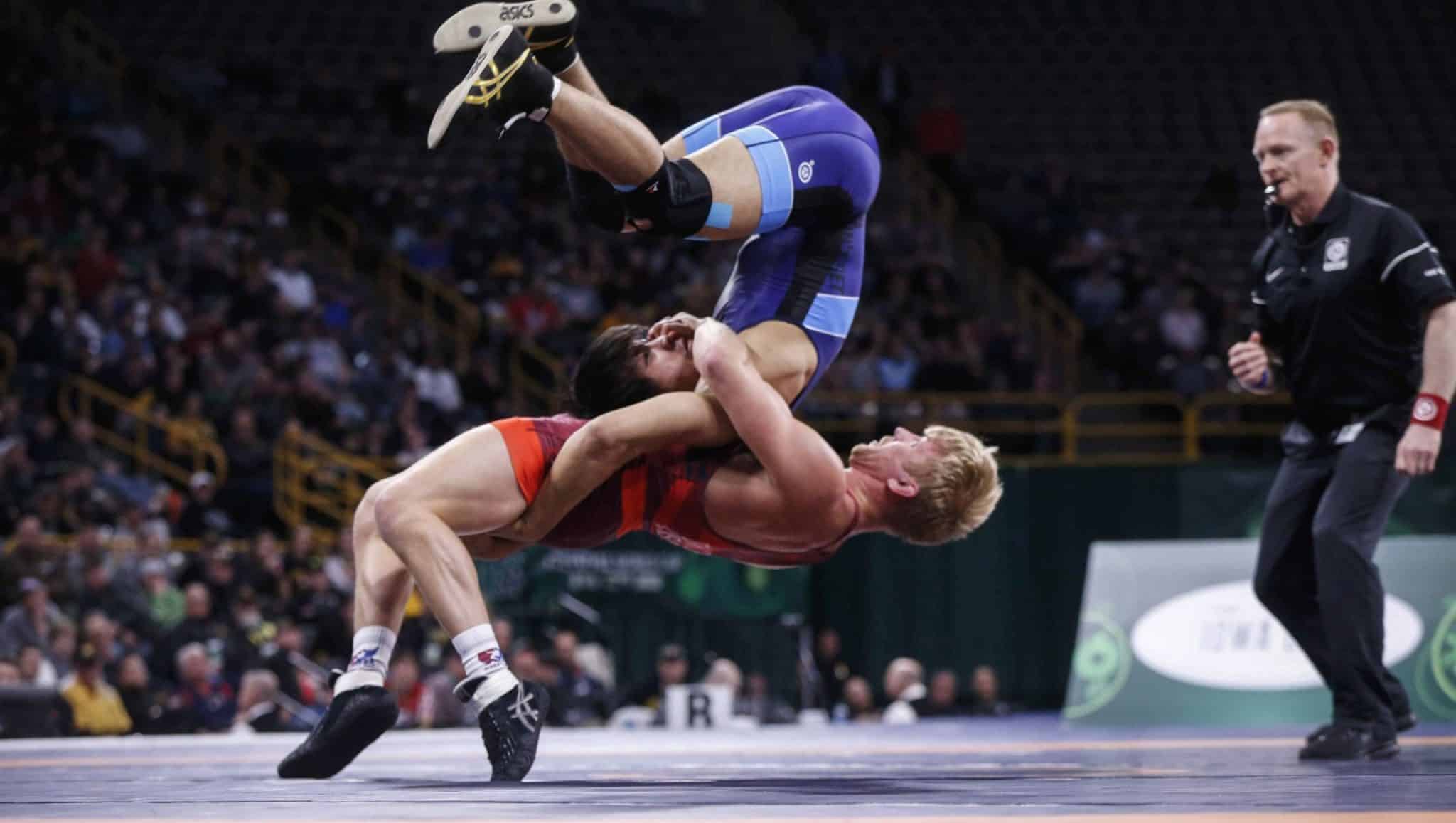
While some may argue that wrestling, like mixed martial arts, is not really a martial art, it’s such an important element of so many other martial arts that we feel it deserves a place here.
As one of the oldest sports in existence, wrestling is an art that focuses on the use of leverage, firm balance, explosive power, and knowledge of techniques to defend yourself from an attacker by taking control of the situation, taking the attacker down, and maintaining a superior position of control.
Wrestling is an overall body exercise that is not just physically demanding, it also assists in developing some of the fundamental structure that may be required to master other martial arts or sports. Strength is developed by the constant pushing and pulling against your opponent.
Wrestling can be highly strenuous, putting an emphasis on cardiovascular and muscle endurance, as well as raw strength. Wrestlers tend to have extremely strong core strength, making them “stronger than they look”. This is an advantage when confronted with any assailant.
Strength and Endurance Building
Wrestling builds greater strength and endurance than most other sports and martial arts. Grappling relies not just on muscle strength, but explosive and tactical strength are also developed. Because wrestling uses just about every muscle group in the human body to near-maximum capacity, the heart and lungs work more effectively to accommodate the explosive moves required in those 6 minutes of non-stop matches.
Wrestling builds good grappling skills
Skills taught in wrestling are: response to, and application of, pressure; explosiveness; and self-control. Wrestlers also develop instincts to defend themselves, and in situations where a threat presents itself, a good wrestler will have the ability to neutralize it. Once you take somebody down and hold them to the ground, the battle is practically won.
Concluding on what is the most effective martial art?
In conclusion, this is not a comprehensive list of the most effective martial arts and the best martial arts for self-defense. Not even close. We sought out to identify some of the most effective martial arts, but for any of this to hold true, the ultimate responsibility falls upon the practitioner. You must be an expert in the techniques of your art.
You must be able to pull upon and rely on skills and techniques you learn in the dojo or gym at a moment’s notice, the instant an attack falls upon you. It is only here, in the streets, when an attacker comes to life and you’re overcome with that “fight or flight” response, that you can determine whether a martial art is “most effective” or not.

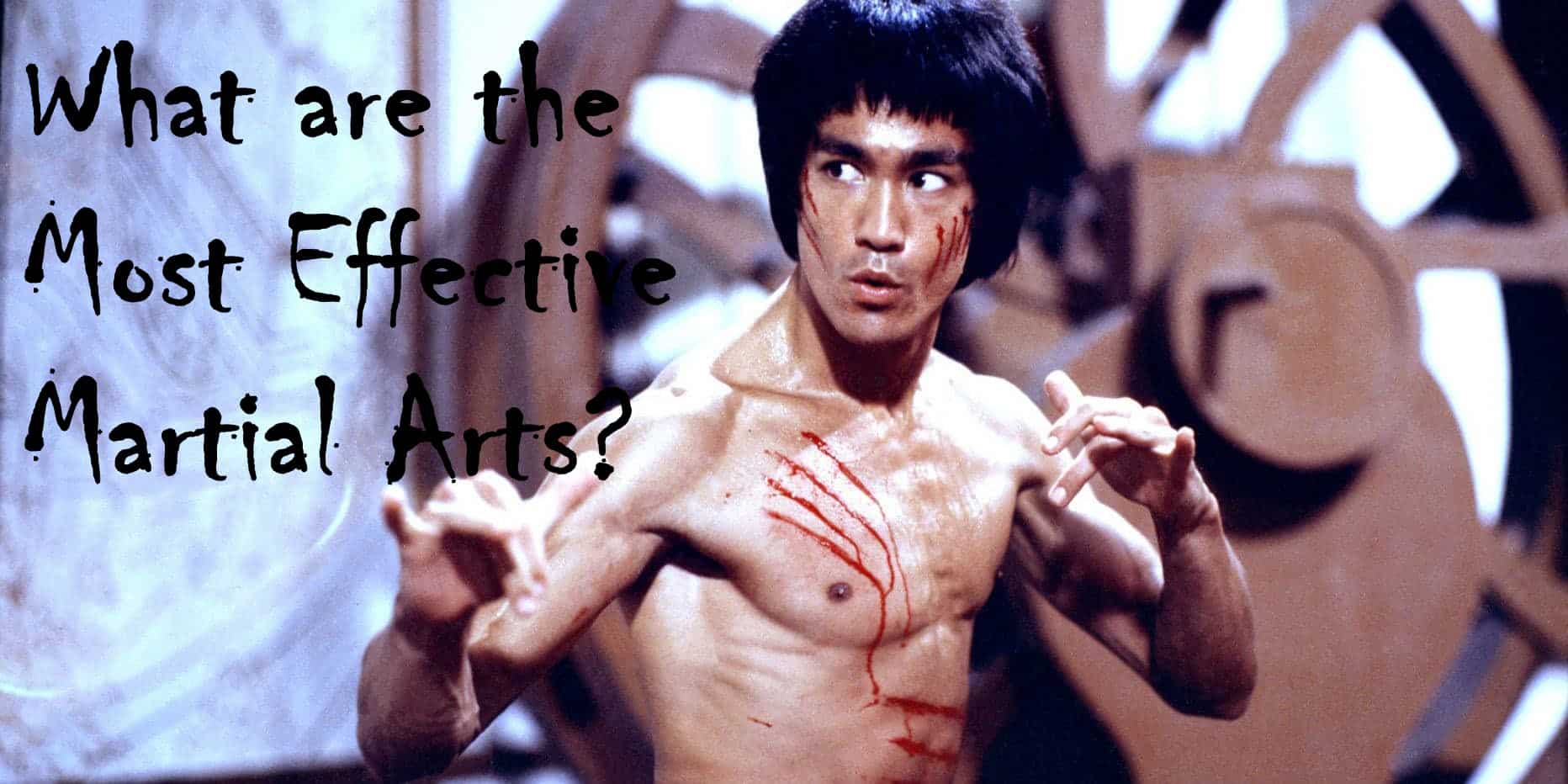
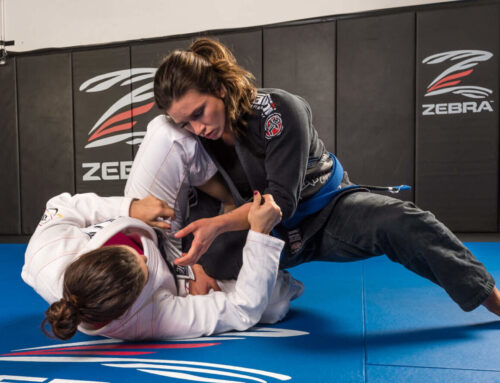
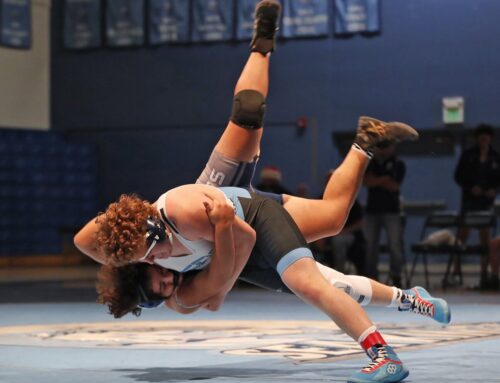
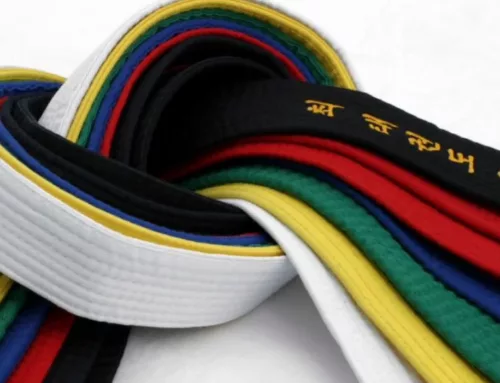
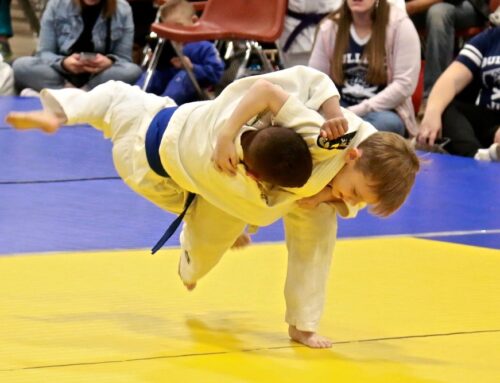
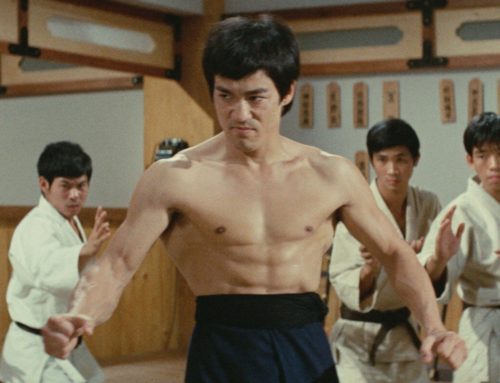
Leave A Comment